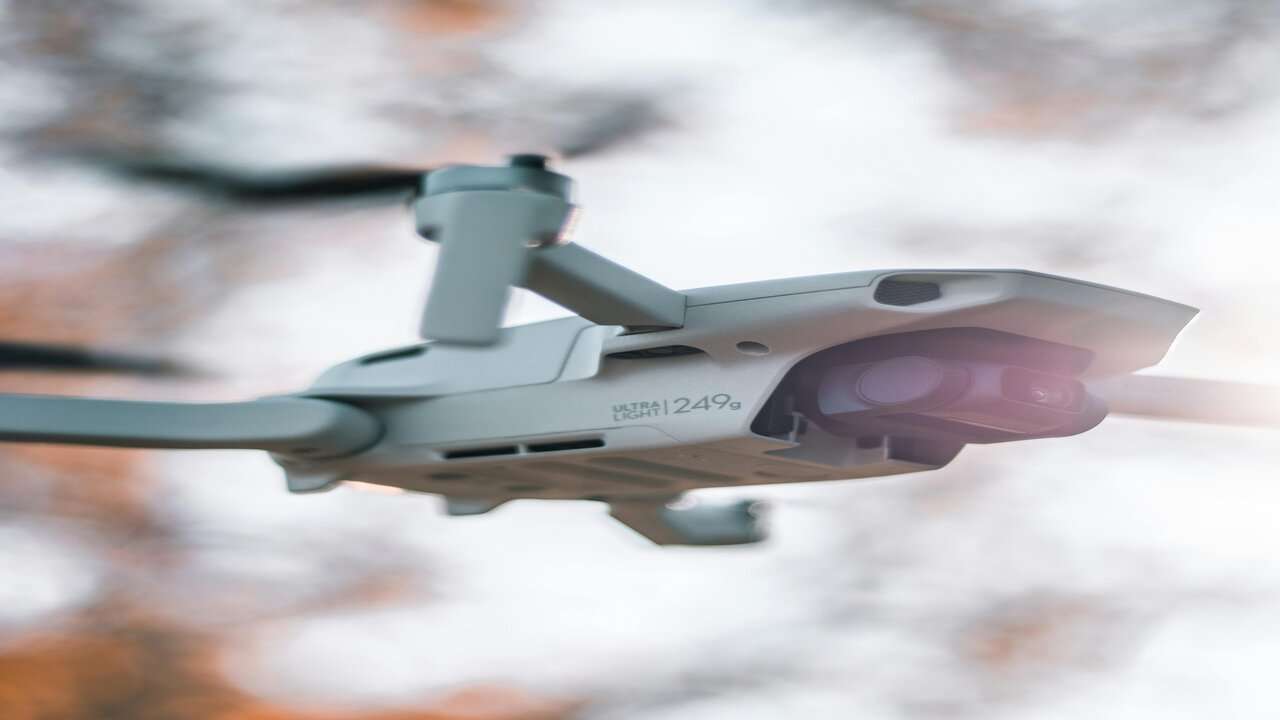Autonomous drones have emerged as a groundbreaking technology with transformative potential in various industries. One of the most promising applications of autonomous drones is in aerial surveillance and delivery services. This article explores the evolution, capabilities, benefits, challenges, and future prospects of autonomous drones in these critical domains.
Evolution of Autonomous Drones
Autonomous drones have evolved significantly over the past decade, propelled by advancements in artificial intelligence, sensor technology, and robotics. Initially used primarily for recreational purposes, drones quickly found utility in commercial applications such as aerial photography, agriculture, and infrastructure inspection. However, it wasn’t until the development of sophisticated autonomous navigation systems that drones became viable for surveillance and delivery tasks.
Capabilities of Autonomous Drones
Modern autonomous drones boast a plethora of capabilities that make them well-suited for aerial surveillance and delivery services. These drones are equipped with high-resolution cameras, thermal imaging sensors, LiDAR systems, and other sensors to capture and analyze real-time data. Advanced AI algorithms enable autonomous navigation, obstacle avoidance, and decision-making, allowing drones to operate efficiently and safely in complex environments.
Aerial Surveillance Applications
Autonomous drones are revolutionizing aerial surveillance by providing cost-effective, flexible, and high-resolution monitoring solutions. Law enforcement agencies use drones for crowd control, search and rescue operations, traffic monitoring, and crime scene investigation. In border security, drones enhance border patrol efforts by surveilling remote and inaccessible areas, detecting illegal crossings, and monitoring smuggling activities.
Delivery Services Revolutionized
Autonomous drones are reshaping the logistics industry by enabling swift and efficient delivery services. Companies like Amazon, UPS, and DHL are experimenting with drone delivery for parcels, medical supplies, and even food. In urban areas, drones offer a solution to traffic congestion and last-mile delivery challenges, delivering packages directly to customers’ doorsteps within minutes.
Benefits of Autonomous Drones
The adoption of autonomous drones for aerial surveillance and delivery services brings numerous benefits to various stakeholders. These benefits include:
Cost-Effectiveness: Autonomous drones reduce operational costs by eliminating the need for human pilots and minimizing fuel consumption.
Efficiency: Drones can cover large areas quickly and access remote or hazardous locations that are difficult for ground-based vehicles to reach.
Safety: Autonomous drones enhance safety by reducing the risk of human error in surveillance and delivery operations.
Environmental Impact: By minimizing the use of traditional vehicles, drones contribute to reduced carbon emissions and environmental conservation.
Enhanced Data Collection: Drones equipped with advanced sensors provide real-time data for decision-making in surveillance, mapping, and environmental monitoring.
Challenges and Limitations
Despite their potential, autonomous drones face several challenges and limitations that hinder widespread adoption. These challenges include regulatory restrictions, concerns about privacy and security, limited payload capacity, and battery life constraints. Additionally, adverse weather conditions such as strong winds, rain, and fog can affect drone performance and reliability.
Regulatory Framework
The integration of autonomous drones into airspace requires the development of robust regulatory frameworks to ensure safety, security, and compliance with existing aviation laws. Regulatory bodies around the world are working to establish guidelines for drone operations, pilot certification, airspace management, and privacy protection. Collaboration between government agencies, industry stakeholders, and technology developers is essential to address regulatory challenges and facilitate the responsible deployment of autonomous drones.
Future Prospects
The future of autonomous drones for aerial surveillance and delivery services is promising, with ongoing advancements in technology and regulatory frameworks. Predicted trends include the development of long-range drones capable of extended flights, improvements in battery technology for increased endurance, and enhanced AI algorithms for autonomous decision-making. Furthermore, the integration of drones with other emerging technologies such as 5G connectivity, blockchain, and Internet of Things (IoT) will further expand their capabilities and applications.
Autonomous drones have emerged as versatile tools with vast potential to revolutionize aerial surveillance and delivery services. With their advanced capabilities, cost-effectiveness, and efficiency, drones offer unprecedented opportunities for various industries, including law enforcement, logistics, healthcare, and agriculture. While challenges such as regulation and technological limitations remain, continued innovation and collaboration will drive the widespread adoption and integration of autonomous drones into our daily lives, shaping the future of aerial mobility and remote sensing.

